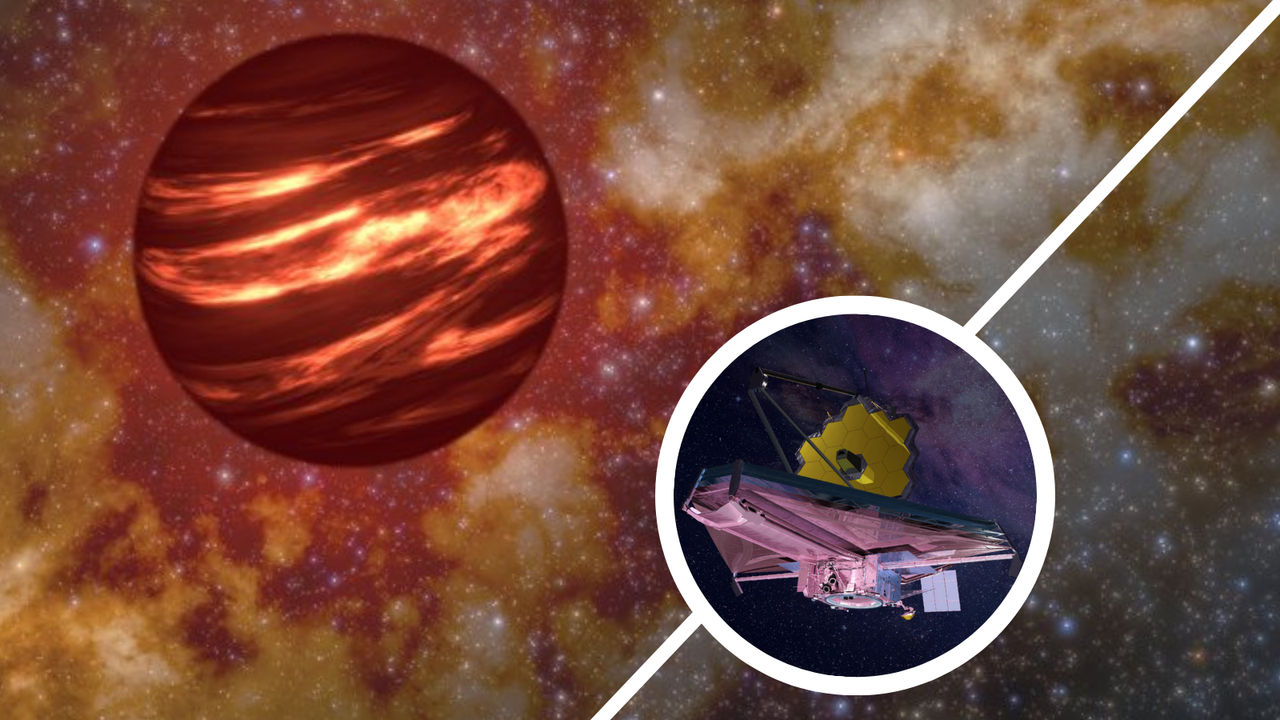Now Reading: James Webb Telescope Explores ‘The Accident’ to Uncover Jupiter-Saturn Mystery
-
01
James Webb Telescope Explores ‘The Accident’ to Uncover Jupiter-Saturn Mystery
James Webb Telescope Explores ‘The Accident’ to Uncover Jupiter-Saturn Mystery

Quick Summary
- Using the James Webb Space Telescope (JWST), scientists investigated a brown dwarf called “The Accident,” located 50 light-years from Earth and estimated to be 10-12 billion years old.
- Brown dwarfs are frequently enough termed “failed stars” due to their inability to sustain nuclear fusion, with masses between 13 and 80 times that of Jupiter.
- Unique characteristics in “The Accident” blur lines between traits of young and ancient brown dwarfs. It was discovered by NASA’s NEOWISE telescope in 2020.
- The JWST detected silane (a molecule formed from silicon and hydrogen) in its atmosphere – the first confirmed detection of this molecule on such an object.
- Scientists theorize silane appears because, during The Accident’s formation period (~10 billion years ago), lower oxygen levels allowed silicon to bond with hydrogen instead of forming silica oxides.
- These findings provide insights into atmospheric chemistry, addressing long-standing questions about why molecules like silane evade detection on gas giants like Jupiter, Saturn, and exoplanets.
Images included from provided source:
- Illustration of a brown dwarf and JWST artist impression.
- size comparison among planets, brown dwarfs, and stars.
- Artistic conception of a cloudy atmosphere on a brown dwarf.
Indian Opinion Analysis
The research surrounding “The Accident” highlights how advanced space telescopes like JWST are enhancing humanity’s understanding of the universe’s complexities at essential levels. Investigations into such phenomena also have implications for India’s growing space ambitions under ISRO’s planned planetary missions like Aditya-L1 (solar studies) or Gaganyaan (crewed mission). Such as, unique molecules found around celestial objects can inform future mission goals targeting atmospheric analysis on planets or exoplanets.
Learning how early-universe conditions shaped molecular formations sharpens our models to understand potentially habitable worlds beyond Earth – key for India’s possible entry into exoplanetary exploration as part of global scientific collaboration efforts in astronomy. This revelation exemplifies why studying extremes can bridge gaps in broader cosmic knowledge beneficial globally for nations fostering astrophysical advancements.
























